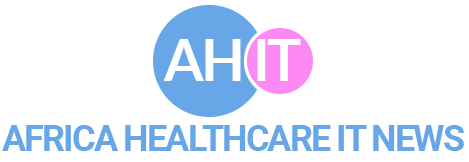BY PETER NALIKA:
The aim of technology in the health care industry is to improve skills for the medical staff and overall patient outcome; unlike the business enterprise world where IT focuses is to improve business operations.
During a recent visit to Kenya Medical Training College, Kitui Kenya, CIO East Africa spoke to Bernard Nderitu, the contact person for Centre of Excellence for Reproductive Health, in the college on how the use of information technology can achieve faster turn-around time for diagnostics, treatments, billing and other patient-facing processes.
The tour was aimed at examining different projects funded by the US government especially the skills lab, the resources centre and other infrastructure. On the technology part, the US government, through IntraHealth which is under a huge body, Capacity Kenya supplied the college with fifteen intelligent computers and a big server with capacity of hosting cloud services.
“The server has enough capacity in terms of processing power and storage, for a local cloud environment”, says Nderitu. Infact with improved internet bandwidth capacity, Nderitu says they will be in a position to provide cloud services to other interested organizations. With internet speeds of 512 Mbps, Nderitu hopes that the network infrastructure at the college will be improved since the college wants to venture into virtual learning platforms.
In the local private cloud, the college has hosted software used to map healthcare staff, with proper technical support the software can be comfortably used in the region by anyone to locate and map healthcare specialists.
The goal of the whole project is to improve student performance and health outcomes especially in reproductive health and this is envisage to be done by improving student skills and competence by giving them a level of interactivity that they would not obtain in a classroom. In the sense that technology is interesting and today’s generation is bend towards technical systems, therefore when content has been converted from print to electronic form with graphics and video and other forms of interactivity available on the online platforms will create interest in students to use them in their curriculum.
Through such, the students’ level retention of what they learn is increased; better understanding and eventually this will translate into better patient outcomes. A second benefit is when learning materials are embedded on the online platform; students are able to access them outside the classroom for revision purposes. For instance recorded class sessions can be easily accessed in their hostels especially for critical procedures like management of a mother in labour, which is a complex scenario. “Your cannot tell a mother to repeat a delivery, buy if it is captured in a video in a legal environment, then the video can be accessed online and referred to several times by the students”, says Nderitu.
The college is working on modules to convert such practical class sessions into video animations that can be accessed via the mobile phone to improve productivity of the students.
Medical training institutes are increasingly looking at implementing back-office software, cloud computing and IT outsourcing solutions and they are extending the outcome of such resources to benefit students’ knowledge capacity.
Source: CIO East Africa (Nairobi)
Kenya: KMTC Kitui Takes Healthcare to the Cloud
Spread the love


